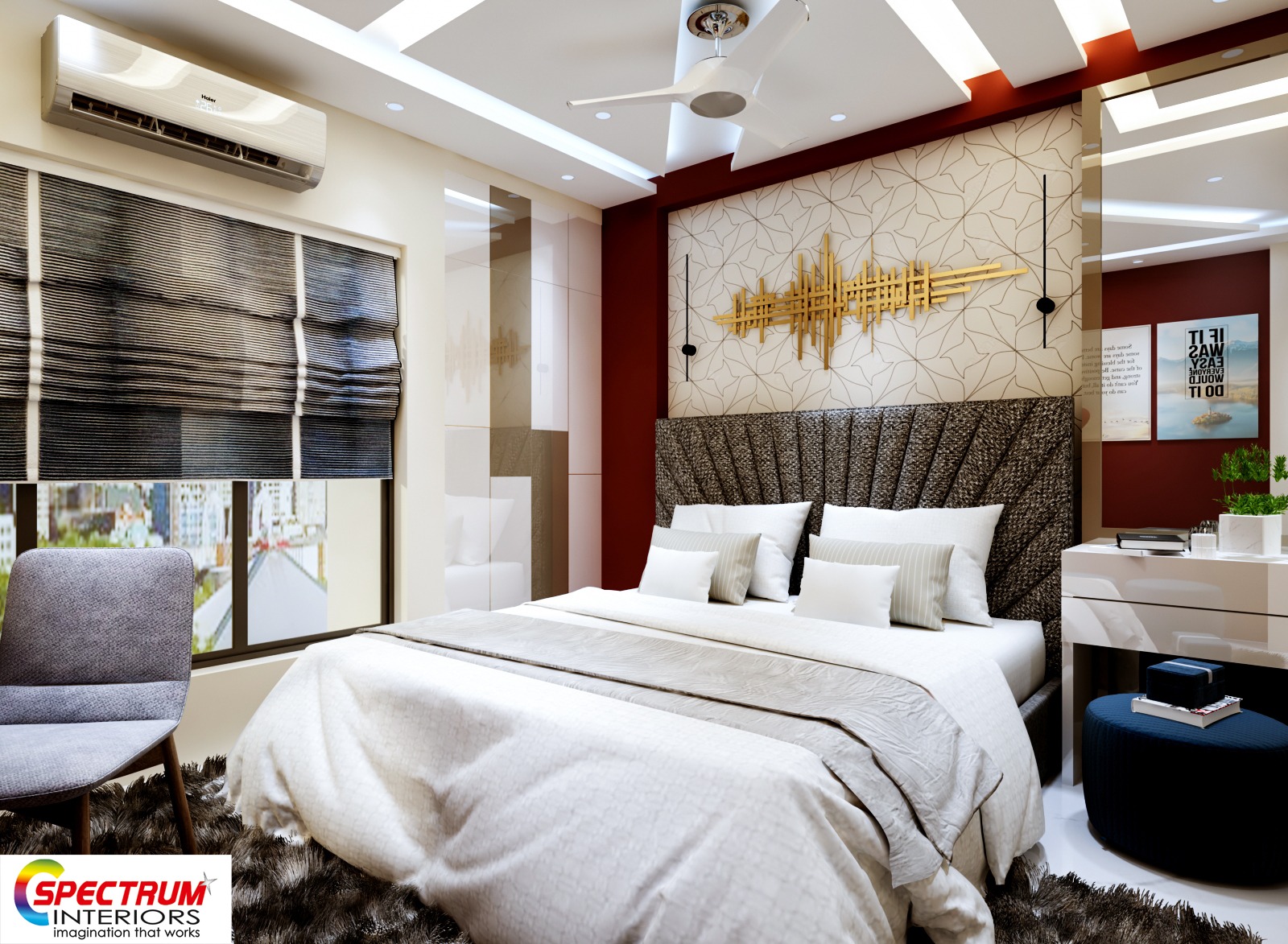Professional Architecture Firm specializing in modern structures.
Professional Architecture Firm specializing in modern structures.
Blog Article
Change Your Home With Necessary Principles of Interior Layout and Looks
By recognizing the effect of shade concept and the significance of structure and patterns, one can create spaces that are not only aesthetically attractive but likewise deeply personal. Attaining this balance involves even more than mere decoration; it incorporates a calculated setup and an eager understanding of how each element engages within a room.
Recognizing Shade Theory
Color theory is a basic aspect of interior design that dramatically affects state of mind, assumption, and total visual. Understanding the concepts of shade concept permits developers to develop rooms that reverberate psychologically with owners while meeting useful needs (luxury interior design). Colors can be classified right into 3 main types: primary, secondary, and tertiary. Each category plays an important role in establishing harmony within a room.
The mental effect of colors is profound; cozy tones such as reds and oranges stimulate energy and heat, while awesome tones like blues and eco-friendlies advertise peace and peace. The use of corresponding colors boosts visual interest, developing striking contrasts that can elevate an area's appeal.
Neutral shades, on the other hand, work as a functional backdrop, permitting other style elements to radiate. It is vital to take into consideration elements such as lighting and the room's function when selecting a color scheme, as these can alter the understanding of shades throughout the day.
Ultimately, a well-considered color system can transform an area, promoting a feeling of comfort and style that lines up with the inhabitants' preferences. Proficiency of color theory is, as a result, an important ability for any kind of interior developer intending to create harmonious and inviting atmospheres.
Attaining Equilibrium in Layout
Exactly how can designers accomplish a sense of balance in their areas? Accomplishing equilibrium in style is essential to developing unified insides.
Unbalanced equilibrium, on the other hand, depends on differing components that still attain a natural look. This approach enables even more vibrant and informal arrangements, providing passion while preserving balance. By thoroughly selecting differing sizes, colors, and appearances, designers can create an aesthetically engaging space that really feels balanced yet energised.
Radial equilibrium emphasizes a main focal factor with elements emitting external. This style is commonly seen in round designs, where furniture and style develop a cohesive surround that attracts the eye inward.
Inevitably, accomplishing balance needs thoughtful consideration of scale, percentage, and the connections in between components. Architecture Firm. By masterfully applying these balance concepts, developers can transform areas into settings that really feel both aesthetically pleasing and functionally harmonious, enhancing the overall experience for owners
Significance of Spatial Recognition

A keen sense of spatial understanding enables read review developers to recognize prime focus within an area, leading the viewer's attention to key features while maintaining an overall sense of unity. It likewise helps in the critical positioning of illumination, which can drastically influence the understanding of area and mood. Comprehending spatial connections enables the designer to provide to the particular requirements of residents, ensuring that each location serves its designated objective without compromising looks.
Ultimately, spatial understanding is essential for optimizing the capacity of any interior room. By very carefully taking into consideration the interplay between measurements, layout, and function, developers can create settings that not only fulfill functional requirements but also evoke a sense of comfort and charm, enhancing the general living experience.
Integrating Structure and Patterns
Welcoming a diverse variety of structures and patterns can significantly improve the aesthetic and tactile charm of an indoor space. The calculated use of different products-- such as timber, metal, material, and rock-- develops depth and rate of interest, making a space really feel much more inviting and vibrant. Combining smooth surface areas with rough structures can develop a balance that draws the eye and involves the detects.
When including patterns, take into consideration both scale and repeating. Large patterns can function as prime focus, while smaller sized, refined layouts can complement various other elements without overwhelming the space. Layering patterns, such as top article pairing flower cushions with striped tosses, includes intricacy and a feeling of consistency if carried out attentively.
It is additionally important to maintain a natural shade palette, making certain that appearances and patterns collaborate as opposed to contend for attention. By picking a few vital structures and patterns, you can create a linked aesthetic that reflects your individual style while boosting the overall ambiance of the space. Ultimately, the cautious incorporation of these components can transform an ordinary space right into a sophisticated atmosphere abundant with character and heat.
Personalizing Your Room
Creating a room that reflects your individuality is important to achieving a really welcoming environment. Personalization in indoor design enables you to instill your unique design and interests into your home, changing it from a plain shelter into a refuge that talks with who you are. Begin by picking a shade palette that resonates with your feelings-- bold colors can invigorate, while soft tones provide harmony.
Include artwork and design that mirror your passions, whether it be travel, nature, or abstract ideas. Presenting personal collections, such as books, photos, or keepsakes, can evoke valued memories and produce focal factors within an area. Furthermore, consider personalizing useful pieces, like upholstered furniture, to straighten with your aesthetic choices.

Final Thought
In verdict, the makeover of a home with the vital principles of interior decoration and visual appeal demands a detailed understanding of color concept, equilibrium, spatial understanding, texture, and customization. Each element adds considerably to developing a harmonious and practical living atmosphere - Architecture Firm. By thoughtfully incorporating these concepts, individuals can enhance the aesthetic allure and emotional vibration of their rooms, ultimately promoting a home that reflects distinct identifications while providing comfort and functionality
Report this page